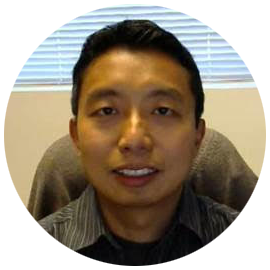Want to Offer Surveying and Mapping Services as a Drone Operator?
You have a drone or unmanned aerial vehicle (UAV). You have your Part 107 Remote Pilot Certificate. You know how to fly your drone and capture unbelievably high-resolution drone videos and photos. But are you ready to start offering your services to prospective clients such as civil engineering companies, consulting firms, and a myriad of other organizations that rely on accurate geospatial data for their projects?
Project Planning
When drafting a statement of work or contract with a client, be sure to address the following questions at a minimum:
- Where is the study area? What is its size? Is it in a controlled or uncontrollable airspace? Do you need waiver(s) or authorization for your operation?
- Do you have the necessary insurance and liability coverage?
- What are the desired deliverables? (Orthoimage, 3D model, Contours, Digital Terrain Model, NDVI, others) Do you have the right sensors for the job?
- What is the “hand-off” point in the project?
- What is the turnaround time for the project?
Aside from determining the personnel and budget required for your contract, the answers to the questions above will also determine the proper aircraft for the job (and it may not necessarily even be an unmanned aerial vehicle). Be sure to consider the aircraft’s strengths and limitations, and be prepared to have a contingency plan in case of unexpected firmware updates or other technical difficulties.
Certification
Keep in mind that there are established professional certification and licensing requirements for providers of geospatial data aside from a remote pilot certificate. For example, someone wishing to provide legal parcel description may need to be a licensed land surveyor, while other clients may require UAV data to be processed by someone who has been certified by bodies such as the GISCI or ASPRS. Thus, it is extremely important to know your clients’ needs and their intended use for the data before committing to a contract that you may or may not be professionally qualified for.
Accuracy
With the outstanding cameras and sensors found in many consumer and prosumer drones these days, one may be dazzled by high resolution photos while overlooking their horizontal and/or vertical accuracy. This is why it is important to include ground control points in your workflow to enhance the global accuracy of your mapping projects. Specifically, ground control points should be targets that are large enough to be easily visible in aerial images, and contain high contrast colors with a readily identifiable center point. Additionally, the exterior orientation (e.g. roll, pitch, and yaw) and internal orientation (e.g. lens distortion) of the camera should be recorded at the time of data capture and used in the data processing workflow.
It is “really easy to take a pretty picture, [but] really hard to take an accurate picture.” – Sam Billingsley (Reality Capture)
Conclusion
Drones or unmanned aerial vehicles (UAV) are becoming ubiquitous tools for acquiring timely and high-resolution data. While some organizations may elect to complete their UAV missions entirely in-house or through some kind of hybrid model, others may choose to outsource their operations to UAV service providers for economical or liability reasons. In order to turn these opportunities into lasting mutually beneficial relationships, UAV service providers must ensure that their workflows for image acquisition, data processing, and output delivery are clearly documented and meet the needs of their clients.

Wing Cheung, PhD
Principal Investigator, UASTEP
Wing Cheung is the Principal Investigator of the UASTEP project. He is a Professor of Geography and the Chairman of the Earth, Space and Environmental Sciences department at Palomar College. He is also the Coordinator of the Geographic Information Science as well as the Environmental Studies programs. In addition to hosting outreach events and UAS workshops for high school students, he develops UAS curriculum and oversees the creation of the UAS Associate’s Degree at Palomar College.
